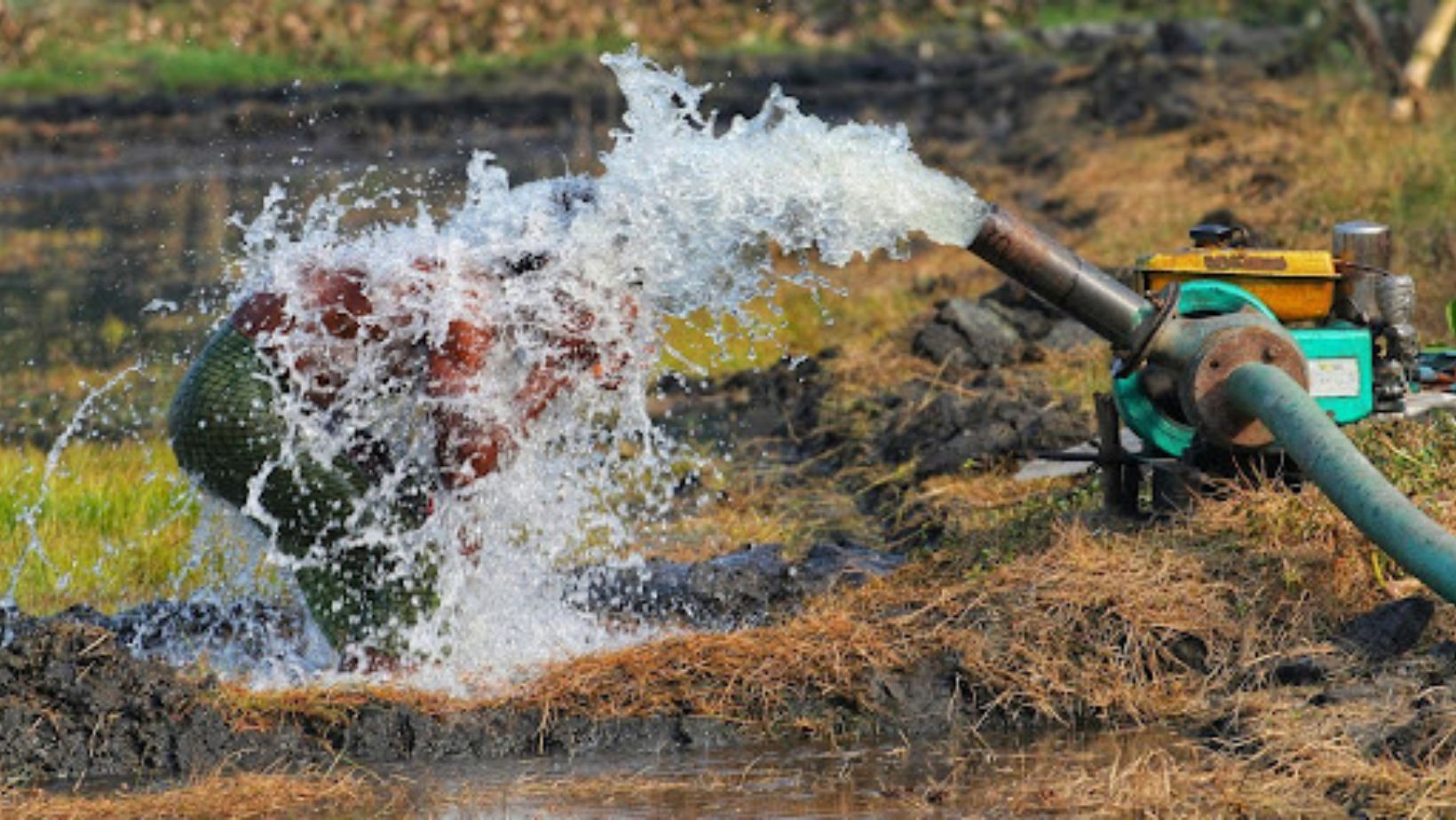Phone:
(701)814-6992
Physical address:
6296 Donnelly Plaza
Ratkeville, Bahamas.

Integrating automated irrigation with thoughtful landscape design creates outdoor spaces that not only look stunning but also operate efficiently and sustainably. By combining precise watering technology with design elements that account for soil type, slope, plant needs, and aesthetic goals, you can reduce water waste, lower maintenance costs, and enjoy a healthier, more vibrant landscape.
Automated irrigation systems give you control over when, where, and how much water is delivered. Smart controllers adjust schedules based on local weather data, preventing unnecessary watering during rain events or cooler temperatures. Soil moisture sensors can fine‑tune irrigation by measuring actual ground moisture, ensuring plants receive exactly what they need without runoff or oversaturation. When these technologies are woven into the design phase—mapping irrigation zones to plant groupings and hardscape areas—you achieve a landscape that thrives in Dallas’s unique climate.
Beyond water savings, integrating irrigation into design enhances convenience. Automated systems eliminate the need for manual watering, freeing homeowners to focus on enjoying their gardens rather than caring for them. With clearly defined irrigation zones, you can program different schedules for turf areas, flower beds, and shrubs, matching each plant’s requirements to its environment. The result is a cohesive outdoor space where lush greenery and architectural elements coexist in harmony, supported by an irrigation backbone that maximizes every drop of water.
Automated irrigation offers several advantages over manual watering or basic timer setups. First, precision: drip lines, micro‑sprays, and rotor heads target specific areas, reducing overspray onto patios and driveways. Drip irrigation alone can save as much as 30,000 gallons of water per year compared to traditional sprays, because water is delivered directly to root zones with minimal evaporation and runoff.
Second, smart controllers adapt to changing weather. By connecting to local forecasts, these controllers delay or skip watering on rainy days and adjust run times during heatwaves, typically cutting water use by 10–15% compared to fixed timers. Third, consistent maintenance becomes easier: automated systems can run early morning cycles, avoiding wind and high midday temperatures that increase evaporation.
Finally, an integrated system protects landscapes from both drought stress and waterlogging. Well‑placed drain lines or French drains integrated into the irrigation plan prevent pooling, while drip zones nurture beds gently. This balanced approach supports plant health, reduces disease risk, and extends the lifespan of landscape investments.
An efficient integrated irrigation‑landscape system relies on four main components:
During design, mapping these components to the landscape blueprint ensures that each zone’s water requirements match the plant selection and microclimate. Grouping plants with similar needs under the same valve avoids conflicting schedules, and burying lines under mulch preserves both function and aesthetics.
Effective landscape design begins by assessing site conditions—soil texture, sun exposure, drainage patterns, and slope. Loamy soil holds moisture better than sandy soil, requiring less frequent watering. Shaded areas use less water than full‑sun lawns. By planning hardscape elements like patios, walkways, and retaining walls, designers can direct runoff into garden beds or drainage systems, turning a challenge into an asset.
Next, plants are grouped by water requirements: high‑water‑need beds around water features or near outdoor living zones, medium‑needs in mixed beds, and drought‑tolerant xeriscapes on slopes or exposed areas. This “hydrozoning” approach ensures that each irrigation valve can be programmed for the correct cycle and moisture level, reducing unnecessary watering and plant stress.
Choosing the right delivery method is critical.
Smart controllers programmed with soil‑based adjustments allow each type to operate at optimal times. For example, spray zones may run for shorter, more frequent cycles, while drip zones require longer, less frequent watering to penetrate deeper.
Beyond equipment, several strategies bolster efficiency:
Implementing these tactics together can cut outdoor water use by up to 50% compared to standard irrigation practices, making them essential in drought‑prone regions like North Texas.
Routine maintenance keeps an automated system performing efficiently:
By integrating these tasks into a regular service schedule, homeowners maintain a vibrant landscape without the hassle of manual watering.
While professional installation involves upfront costs, integrated irrigation‑landscape systems pay for themselves through:
Studies show that water‑efficient landscape improvements can elevate property values by up to 20%, particularly in regions where water conservation is a local priority.
Even the best‑designed systems can falter without proper attention. Common issues include:
Addressing these pitfalls requires a landscape professional’s insight, making early collaboration between the designer and irrigation specialist crucial.
Linking automated irrigation to professional landscape design yields a garden that’s lush, sustainable, and effortless to maintain.
Precision watering technology, when aligned with thoughtful design, conserves water, nurtures plant health, and enhances the beauty of outdoor spaces. By planning irrigation zones, selecting the right delivery methods, and employing water‑saving strategies, homeowners in Dallas and beyond can enjoy landscapes that thrive with minimal intervention.
A holistic approach—integrating controllers, sensors, drip lines, and drainage features—ensures each element supports the others. The result is an outdoor environment that glows with vitality, conserves precious resources, and stands as a smart investment in both property value and quality of life.